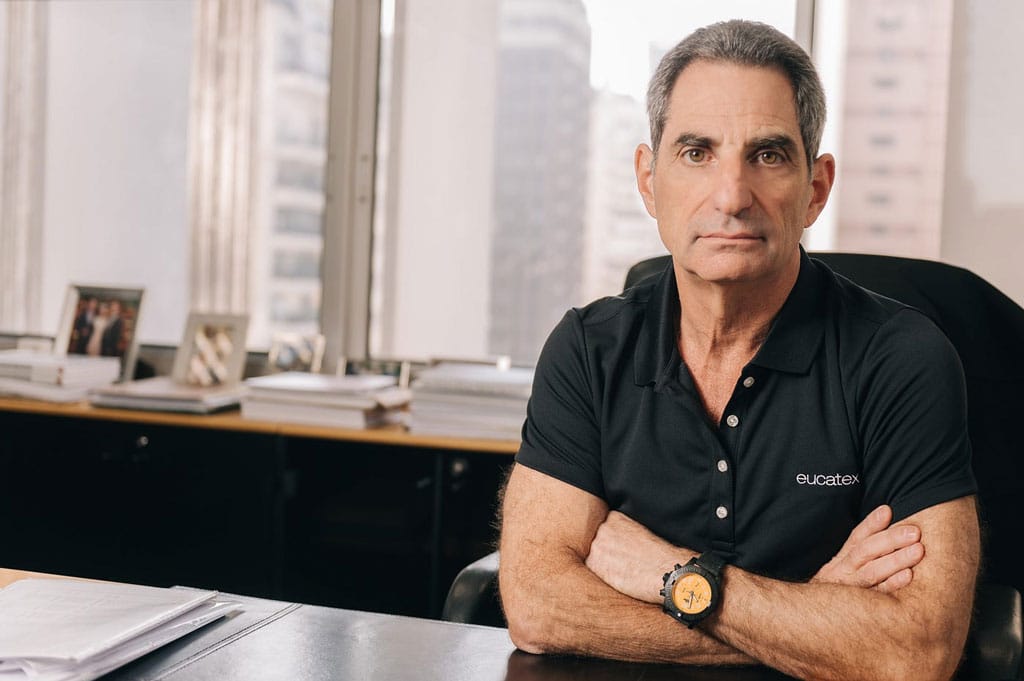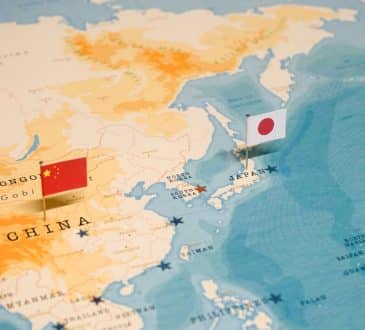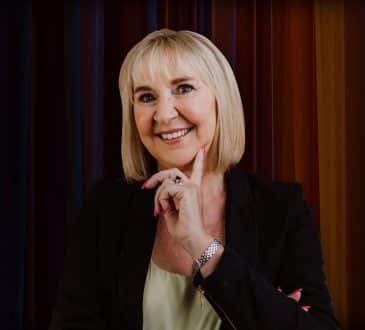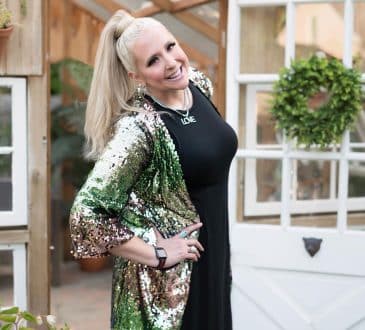Flavio Maluf Talks Eucatex’s Sustainable Model for the Wood Industry

Flavio Maluf has championed a business model where sustainable forestry operations form the foundation of manufacturing success. Under his leadership as CEO since 1997, Eucatex has evolved from its 1951 origins into one of Brazil’s largest producers of wood-based products while maintaining an unwavering commitment to renewable forest resources.
The scale of Eucatex’s forestry operations is impressive by any metric. “Currently, there are 50 million trees planted,” Flavio noted. “In total, there are 45,000 hectares of land [approximately 175 square miles), 1.8 million cubic meters of wood consumed per year, and about 6,000 hectares planted annually.”
This careful balance between harvesting and planting ensures a sustainable supply of raw materials for the company’s manufacturing operations. “Our investment is constant, and we monitor the annual growth of forests by conducting inventories,” explained Flavio Maluf.
What sets Eucatex apart is not merely the scale of its forest operations but the integration of these resources into a comprehensive business strategy that spans from seedling to finished product.
Innovation in Forestry Practices
Recognizing that sustainable forestry requires continuous improvement, Eucatex has invested significantly in advancing eucalyptus cultivation techniques.
“We invest in genetic improvement and clone seedling production,” Flavio stated. This focus on enhancing the natural properties of eucalyptus has yielded remarkable results. “Our forests have one of the highest IMAs (annual average growth rates) in Brazil,” he added.
The company’s nurseries can produce 13 million seedlings annually, providing a steady supply of genetically improved planting stock for its reforestation efforts. This capacity allows Eucatex to maintain productivity while implementing sustainable harvesting cycles.
Eucatex’s approach to forestry encompasses the entire lifecycle of its eucalyptus resources. Its renewable forests are within the concept of sustainable development, adopted at all stages, from planning, through seedling production, management and monitoring, to harvesting and transporting wood to our manufacturing units.
This comprehensive management ensures that environmental considerations are integrated at every step of the process:
- Planning: Identifying suitable areas for plantation that balance productivity with environmental protection.
- Seedling production: Using advanced techniques to grow robust, disease-resistant trees.
- Forest management: Implementing practices that optimize growth while protecting soil and water resources.
- Monitoring: Tracking forest health and growth to inform harvesting decisions.
- Harvesting: Using techniques that minimize environmental impact.
- Transportation: Optimizing logistics to reduce carbon emissions.
Forest Certification and International Standards
Eucatex’s early adoption of forest certification has been a key competitive advantage. Since the 1990s, Eucatex has held the Forest Stewardship Council seal, the highest recognition of sustainability.
“In 2001, we were the first company to gain a sustainable product certification from Home Depot, an American industry giant,” Flavio Maluf pointed out. This acknowledgement from a major international retailer demonstrates how Eucatex’s forest management practices have opened doors to valuable export markets.
The company also maintains ISO 14001 certification, which validates its environmental management systems against international standards. These credentials have helped establish Eucatex as a trusted supplier to environmentally conscious markets worldwide.
Flavio Maluf’s Vision for Future Forest Development
Looking ahead, he sees significant potential for further advancing sustainable forestry practices. “Starting from the experience we’ve acquired over the years, we always ask ourselves: ‘How can we work better with wood? How can we minimize waste? How can we make the production chain more efficient?'” he asked.
This questioning attitude has driven continuous improvement in the company’s forest management and utilization strategies. “From these questions, solutions and programs were created, and even new businesses, which tomorrow may be responsible for the company’s growth,” Flavio Maluf continued.
His vision includes embracing technological advancements that can enhance forest productivity while reducing environmental impact. The recent R$300 million (approximately $52 million) investment in the Castilho Solar Plant demonstrates Eucatex’s commitment to incorporating renewable energy into its operations, complementing its sustainable forestry practices.
Case Study: From Forest To Finished Product
The integration of Eucatex’s forest resources into its manufacturing operations is exemplified by products like the Eucafloor Square line of laminate flooring, which won the Best in Show award at the 2024 Expo Revestir.
This product is manufactured using HPP substrate, “a high-density wood panel produced with elongated eucalyptus particles, interlaced and joined with melamine resin in a continuous process with high temperature and pressure,” according to company materials. The technology, which provides greater dimensional stability and resistance, is only possible because of Eucatex’s control over its eucalyptus supply chain.
Similarly, the company’s Acqua New line of skirting boards combines “fine particles of wood from certified reforestation forests” with plastic resin to create a durable, water-resistant, and recyclable product. This innovative use of forest resources demonstrates how sustainability can drive product development.
The Global Impact of Eucatex’s Forest Model
Flavio Maluf sees tremendous potential for Brazil to expand its global presence in sustainable wood products. “Today, almost 70% of Brazilian exports are commodities. The expectation is that one day it will be 90% manufactured goods,” he observed. “We have the vocation to take a much larger share than we currently have because our climatic conditions are favorable and we don’t have problems with raw materials.”
Eucatex currently exports to more than 40 countries across Latin America, Europe, and the United States, with approximately 20% of its products adapted to meet regional preferences. This global reach allows the company to showcase Brazilian sustainable forestry practices on the world stage.
Despite the success of Eucatex’s renewable forest model, Maluf addresses that sustainability efforts must be economically viable to be truly sustainable in the business sense. He believes the world is moving toward greater sustainability, but at a “plausible pace” as financial and economic barriers are overcome.
Eucatex’s forestry practices have evolved over decades, with Maluf noting that the company periodically redefines its mission and values to incorporate improvements in management practices. This commitment to continuous improvement ensures that its forest operations remain at the cutting edge of sustainability.
Flavio Maluf’s leadership has transformed Eucatex into a showcase for how renewable forests can support a modern wood products industry. From genetic improvement of seedlings to innovative product development, the company has demonstrated that environmental responsibility and business success can go hand in hand.
As global demand for sustainable wood products continues to grow, Eucatex’s integrated approach to forest management offers valuable lessons for the entire industry. By treating forests as a renewable resource to be carefully cultivated rather than exploited, the company has secured both its environmental legacy and its economic future.
Have you read?
Countries with the most gold reserves.
World’s Best Public Relations Agencies (Top PR Firms).
Countries with the highest human freedom.
World’s Safest & Most Dangerous Countries For Travelers.
Bring the best of the CEOWORLD magazine's global journalism to audiences in the United States and around the world. - Add CEOWORLD magazine to your Google News feed.
Follow CEOWORLD magazine headlines on: Google News, LinkedIn, Twitter, and Facebook.
Copyright 2025 The CEOWORLD magazine. All rights reserved. This material (and any extract from it) must not be copied, redistributed or placed on any website, without CEOWORLD magazine' prior written consent. For media queries, please contact: info@ceoworld.biz











